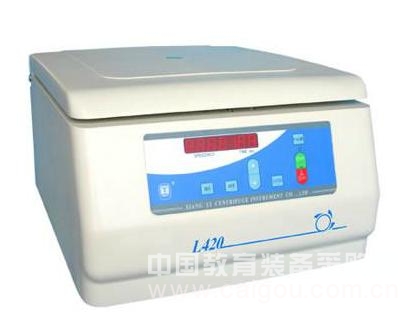The history of centrifuges dates back to ancient times, with early examples found in China. People would use a rope to hold a clay pot on one end and spin it around, using the centrifugal force generated to squeeze out honey from the pot. This was one of the earliest applications of the centrifugal separation principle, demonstrating an intuitive understanding of physics long before modern science formalized it. Industrial centrifuges began to take shape in Europe during the 19th century. For example, in the mid-1800s, textile industries used three-legged centrifuges for dehydration, while sugar factories employed top-suspension centrifuges to separate crystals from syrup. These early models were batch-operated and required manual draining, but they laid the foundation for more advanced designs that followed. In the 1930s, improvements in the sludge discharge mechanism led to the development of continuous centrifuges, allowing for more efficient operation. With the introduction of automatic control systems, intermittent operations also became more refined, making centrifuges more practical for industrial use. Today, industrial centrifuges are categorized into three main types: filtration centrifuges, sedimentation centrifuges, and separators. Each type is designed to handle different separation needs based on the material being processed. The key component of a centrifuge is the drum, which rotates at high speed, driven by an electric motor. When a suspension or emulsion is introduced into the drum, it spins rapidly, separating components under the influence of centrifugal force. The higher the drum speed, the more effective the separation tends to be. Centrifugal separators operate on two primary principles: filtration and sedimentation. In filtration, the pressure created by centrifugal force pushes liquid through a filter medium, leaving solid particles behind. Sedimentation, on the other hand, relies on the density differences between components, causing them to separate and settle within the drum. This method is especially useful for liquids with varying densities. There are also specialized separators used in laboratories for tasks like clarifying liquids, enriching solids, or separating immiscible liquids. These devices can operate under various conditions, including atmospheric, vacuum, and even freezing environments, offering versatility in different applications. A key performance indicator for centrifuges is the separation factor, which measures the ratio of centrifugal force to gravity. Higher values mean better and faster separation. Industrial centrifuges typically have separation factors ranging from 100 to 20,000, while high-speed tubular separators can reach up to 62,000, and analytical super-speed separators may go as high as 610,000. Another important factor is the working area of the drum, which directly affects processing capacity. To increase the working surface, filter and sedimentation centrifuges often expand the drum’s diameter. Separators, however, include additional structures like discs or chambers to enhance the separation area. The inner cylinder of a separator significantly boosts the settling surface, improving efficiency. The difficulty of separating particles in a suspension affects the performance of the centrifuge. Finer particles may be carried away in the filtrate, requiring a higher separation factor to achieve effective results. High viscosity liquids slow down the process, while larger density differences between components make separation easier, especially in sedimentation. Choosing the right centrifuge depends on several factors, including particle size, concentration, density difference, liquid viscosity, and specific separation requirements. A comprehensive analysis is needed to determine the appropriate type of centrifuge, considering moisture content, filtrate clarity, and operational automation. Once the initial selection is made, the model and specifications are chosen based on processing volume and automation needs, and finally verified through testing. For suspensions containing particles larger than 0.01 mm, a filter centrifuge is suitable. For fine or compressible suspensions, a sedimentation centrifuge is preferred. When dealing with low solid content and small particles, a separator is the best choice. These decisions ensure optimal performance and efficiency in various industrial settings. Looking ahead, the future of centrifugal separators will focus on enhancing separation performance, developing larger machines, improving sludge discharge mechanisms, and increasing the use of specialized and combined drum centrifuges. Research will continue to explore the underlying theories of centrifugal separation and optimize control technologies to improve efficiency and reduce costs. Enhancing performance includes increasing drum speed, introducing new driving forces during the process, accelerating sludge removal, and extending the length of the rotating drum to prolong the separation time. Large-scale centrifuges aim to boost processing capacity by increasing drum diameter and using dual-sided drums, reducing investment, energy use, and maintenance costs per unit of material processed. In theoretical research, scientists are studying fluid dynamics, filter cake formation, and methods to calculate minimum resolution and processing capacity. Shanghai Xinzhuang Instrument Co., Ltd. welcomes your inquiry http:// Decorative Oriented Strand Board Decorative Oriented Strand Board,Decorative Osb Plywood,Decorative Osb For Furniture,Oriented Strand Board For Outdoor Usage Shandong Yami Import and Export Co., Ltd. , https://www.yamiwood.com